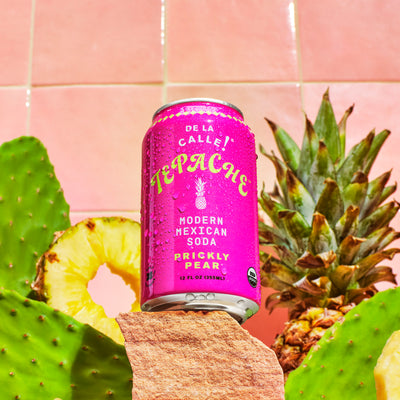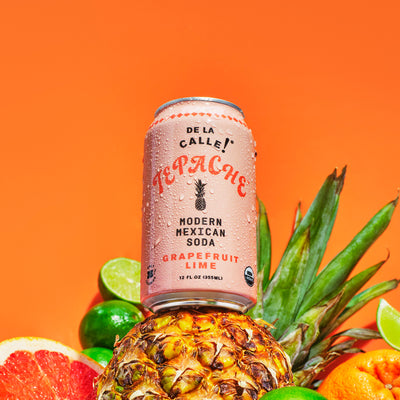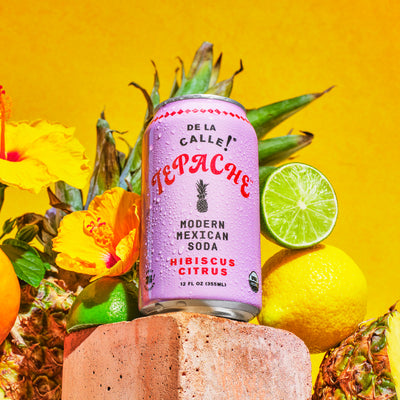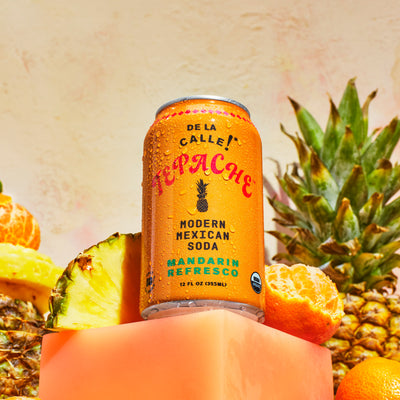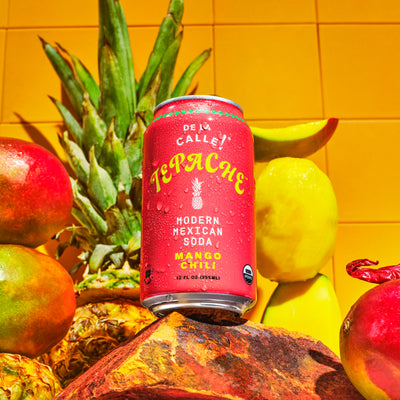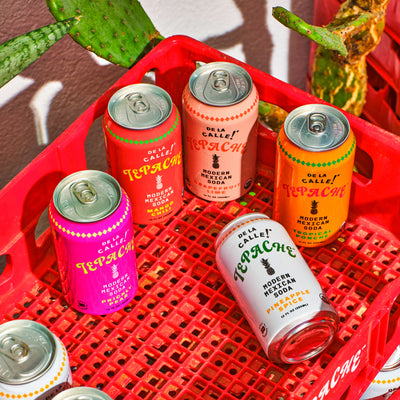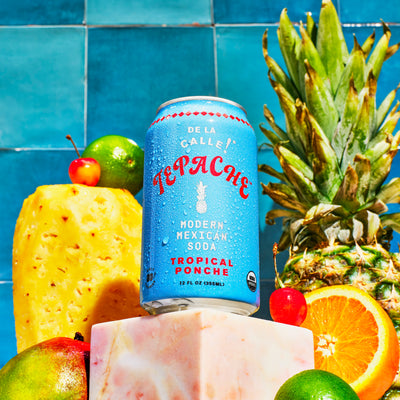Liquid Probiotics: All You Need to Know

You might be familiar with probiotics because of their recent emergence on the health food scene. In this article, we’ll take a close look at liquid probiotics and tell you everything you need to know if you want to incorporate them into your daily diet.
Probiotics Overview
Before we look specifically at liquid probiotics, let’s take a quick look at probiotics in general. Probiotics are bacteria that help support both your immune and digestive systems. Although we’re used to hearing about the bad bacteria that cause illness and infection, there’s actually a lot of good bacteria in your body that helps keep your systems functioning and fights off bad bacteria.
Probiotics are bacteria that help the good bacteria in your body. For this reason, it’s a great idea to consume extra probiotics when you’re sick or taking antibiotics, because those are both times when the number of good bacteria in your body might be a little bit lower than usual.
How Are Probiotics Consumed?
There are three main ways probiotics are consumed: capsules, sachets, and liquid probiotics. Taking probiotic capsules is arguably the most popular way to consume probiotics because they are convenient and flavorless. That being said, there’s growing interest in liquid probiotics.
Liquid Probiotics
The term “liquid probiotics” includes any liquid that contains probiotic bacteria. There are two main ways liquid probiotics are packaged: in dropper bottles or as part of a probiotic drink. The liquid probiotic droppers contain concentrated amounts of probiotic bacteria that you can drop straight onto your tongue or add to cold food or beverages (adding liquid probiotics to hot food might risk killing off the bacteria).
The other way to consume liquid probiotics is through a probiotic drink. Probiotic drinks are gaining popularity, and for good reason. Probiotic drinks are healthy, delicious, and an easy way to incorporate probiotic bacteria into your daily diet.
Popular Probiotic Drinks
Although there are several types of probiotic drinks available, we’ll look at three of the most popular varieties in this section: tepache, kombucha, and Keifer.
Tepache
Tepache is a probiotic drink made from fermented pineapple rinds and cores. Tepache is a traditional Mexican beverage that dates back to pre-Columbian times. Although several variations of the tepache recipe exist, it is usually made with pineapple, water, sugar, and cinnamon for flavor.
Kombucha
Kombucha is a fizzy, fermented beverage made from black tea, yeast, and sugar. This drink has its origins in China but is now consumed all over the world. Like tepache, kombucha is technically alcoholic, but the amount of alcohol in both is so minimal that it has no effect and, oftentimes, is not officially considered an alcoholic beverage by the FDA standards.
Keifer
Keifer is also a fermented beverage made from cow’s or goat’s milk. To make this drink, Keifer “grains” (colonies of yeast and lactic acid bacteria) are added to milk, where they ferment the sugars and turn them into Keifer. It has a slightly sour taste similar to yogurt but is thin enough to pour and drink.
Liquid Probiotics Benefits
In this section, we’ll look at the benefits associated with both types of liquid probiotics.
Easy to Consume
Perhaps one of the most alluring benefits of liquid probiotics is that they’re so easy to consume. In the case of the dropper, you can put a few droplets on your tongue or into your food. With probiotic drinks, it’s even easier to consume them because they’re already in the drink, so you don’t have to do any additional work!
Another benefit of probiotic drinks is that the dosage measurement is already done for you, so there’s less research that has to be done on your end before drinking them. They also usually contain a variety of probiotic bacteria strains.
Safe for Kids
Unlike capsules which can be hard to swallow, liquid probiotics are easy to consume and are a great way to introduce probiotics into your kid’s diet. Given that probiotics are potentially helpful for treating diarrhea and constipation, giving your child liquid probiotics either in drop form or as part of a probiotic beverage can offer a natural solution to many of the digestive problems kids normally experience.
It can also be a good idea to give your child liquid probiotics in either form while they’re taking antibiotics to help replenish the population of good bacteria in their gut. If they don’t like the texture or flavor of probiotic drinks, remember you can squeeze a few probiotic drops into their favorite cold beverage or onto their favorite cold snack.
The only time it’s not safe to give your child probiotics is if they have a compromised immune system, cancer, or are a premature infant. In all of these cases, probiotics might put them at risk for infection.
Drinks Contain Other Nutrients
One benefit of probiotic drinks over probiotic supplements (in both capsule and liquid form) is that probiotic drinks also contain other nutrients. For example, alongside being a natural probiotic, tepache is rich in vitamin C and D.
They Can Have Both Probiotic and Prebiotic Qualities
Another reason to consider drinking probiotic beverages rather than just using liquid probiotic drops or capsules is the fact that probiotic drinks can have both probiotic and prebiotic qualities. Prebiotics are essentially the food for the probiotic bacteria in your gut. For this reason, high-fiber foods are often prebiotics because your body cannot digest them, so they can travel to your gut undigested and become food for the bacteria.
If you chose to use probiotic supplements, then you need to intentionally consume prebiotic food alongside the supplements. However, if you chose to incorporate probiotics via probiotic drinks, chances are that the drink has prebiotics naturally incorporated into it.
Liquid Probiotics Downsides
While there are several benefits to liquid probiotics, there are also a few downsides to this type of probiotic that you should consider.
Shelf Stability
Usually, liquid probiotics are less stable on the shelf than capsule or sachet probiotics. Given that the bacteria need to be alive for them to be functional in your gut, a few measures are often taken to ensure that the bacteria in liquid probiotics stay alive. First, liquid probiotics often need to be refrigerated. They often also have a much shorter shelf life than probiotics in capsule or sachet form. Given that the bacteria is somewhat fragile, you’ll often see a warning on the label of probiotic drinks telling you not to shake them.
Although you also need to be aware of the bacteria in other forms of probiotic supplements, liquid probiotics are the most high maintenance option in terms of bacteria viability. That said, most versions of liquid probiotics taste pretty darn good, so you’re not going to have to worry about leaving them on the shelf for too long.
Doseage
One downside to probiotic drinks specifically is that it can be hard to know the exact amount of probiotic bacteria in each drink. Although the strain of bacteria is usually listed in the ingredients information, it does not always say how much of that bacteria is in each serving. For this reason, if you have a very specific amount of probiotic bacteria that you want to consume every day, probiotic drinks might not be the best choice for you.
Conclusion
Liquid probiotics come in two main forms: concentrated in a dropper bottle or as part of a probiotic drink. There are many benefits to taking liquid probiotics over capsules or sachets. If you want to incorporate probiotics into your diet in the form of a probiotic beverage, you can try tepache, kombucha, or Keifer. Regardless of how you incorporate probiotics, your gut will thank you for the boost!
Sources:


